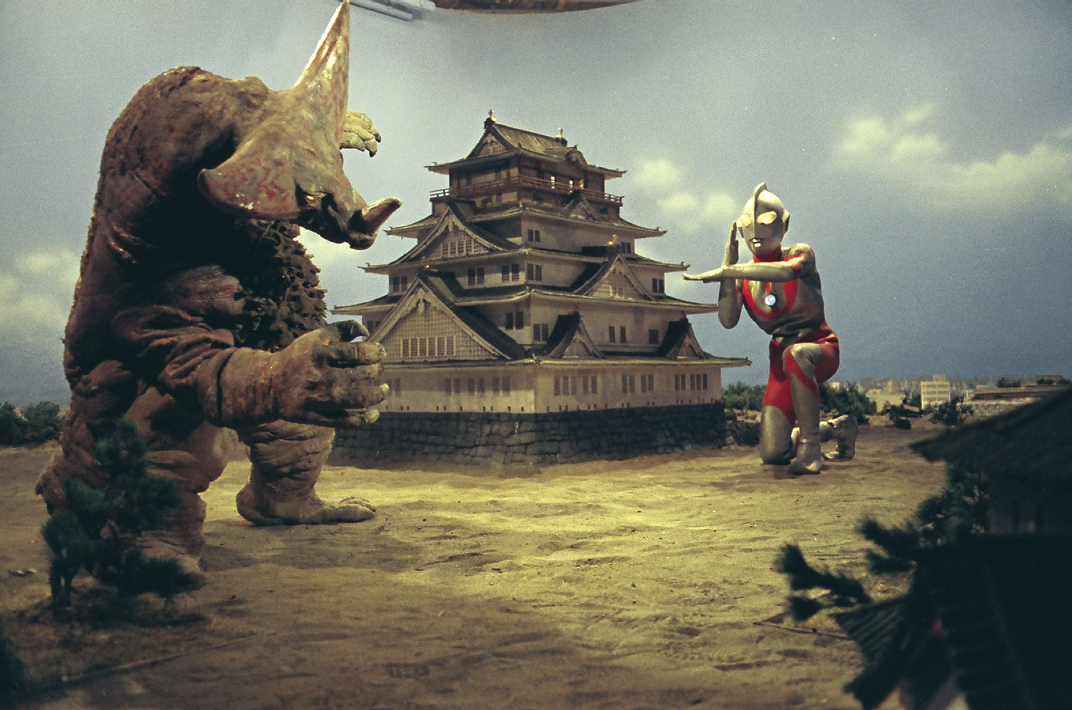
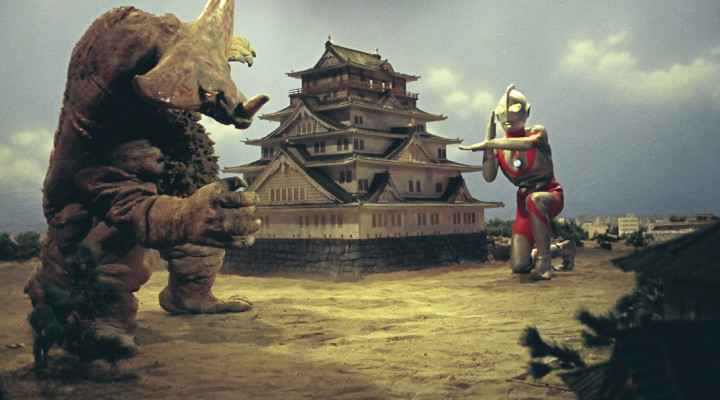
Ultraman, a hero created by Tsuburaya Productions, inspires nostalgic memories in Japan.
At a time when Hollywood superheroes are increasingly invading our screens, to the extent that some of them even appear to be fighting among themselves now, Japan is about to celebrate the 50th anniversary of its greatest superhero: Ultraman. Despite his age, Ultraman is one of Japan’s favourite characters, best representing the values that have influenced several generations. Unlike Superman, who was created in 1930 to defend “truth, justice and the American way”, Ultraman wasn’t inspired by a desire to express a Japanese vision of the world. Like Superman, Ultraman isn’t a human being, but he doesn’t stop runaway trains, he doesn’t prevent buildings from crumbling, and he doesn’t defend young women against villains. All he does is fight monsters, usually with his bare hands. He does have a laser weapon, but hardly ever uses it. Ultraman doesn’t speak either, and his vocabulary is limited to “Shwatch!”, the sound he makes when he flies away after disabling the latest monster menacing our planet. He shows no emotion because his face is half-fish, half-insect, and he doesn’t express pain, sorrow or joy; he absorbs blows without any expression of suffering.
This lack of humanity didn’t stop the Japanese from falling for this 40-metre tall character that weighs 40,000 tons, and no other hero has ever known such public success. So what do the Japanese see in their red and silver hero? The question is worth raising, because 50 years after his first appearance on TV, Ultraman still has great significance for many people. It all started on the 17th of July 1966 on the TBS channel, when the first episode was broadcast at 7pm. The programme, primarily aimed at young people and families, succeeded in attracting an average audience of 36.7% over a total run of 39 episodes. The highest audience figures were recorded for episode 37 (42.8%), and the lowest for episode 5 (29%). These are surprising figures for a time when the average audience for TV programmes in Japan was hardly more than 20%. No other TV show has ever done better, meaning that Ultraman’s achievement has never been equalled.
This success stems from the imagination of the team gathered together by Tsuburaya Eiji, Japan’s father of special effects, whose fame has continued to grow since Godzilla’s first success in 1954. Tsuburaya was under contract at the Toho film studio until 1963, but then struck out on his own and founded Tsuburaya Pro, a company primarily directed towards working for television, at a time when it was starting to play an ever more important role in Japanese daily life. He first worked for TBS, where he produced UltraQ, a 28-episode show in which one nasty monster followed on from another. It was a sort of a coup de grace over the cinema, which up until then had had the monopoly on these giants, and confirmed the growing influence of television in the archipelago. TBS, who had prepared the audience well by means of a promotion campaign jointly orchestrated with the pharmaceutical company Takeda, were rubbing their hands with glee and didn’t want to abandon the goose that laid the golden egg. So the TV channel asked Tsuburaya Pro to come up with a new series to replace UltraQ.
Unlike that previous series, which focused on battles between the monsters themselves, with powerless scientists watching on, the new project featured the members of the Scientific Investigation Agency (SIA), an international organization that was created to protect our planet from disasters, with headquarters in Paris and a backup team in Japan. It was a way of showing the Japanese that their country was no longer the pariah it had been after the Second World War. Japan was admitted to the United Nations in 1956 and Tokyo organized the Olympic Games in 1964, a few months after Japan joined the OECD. This was all the more important for a show that was aimed at a very young audience and wanted them to understand that their country, although a member of the international community, was also exceptional, achieved through showing that it was home to a special team from the SIA. Maybe this was due to the fact that Japan had experienced several environmental disasters over the previous decade, including the Minamata industrial pollution scandal. No explanation was given, but the five team members (Muramatsu, Arashi, Ide, Takako and Hayata) undertook more work in the archipelago than anywhere else in the world. Their destiny changed with the day that kind and gentle Ultraman, who had travelled 3 million light years to help the inhabitants of planet Earth in their fight against monsters, crashes into Hayata’s craft. Rather than let him die, Ultraman merges with him. Hayata comes back to life and the alien is incorporated into his body, ready to act when danger arises. This is also a very practical solution as Ultraman cannot survive more than three minutes in Earth’s atmosphere. This explains the luminous blue warning light on his chest, that turns red when he is close to reaching his time limit. Hayata turns into Ultraman when he triggers the Beta capsule that he has in his possession. The whole plot then focuses on whether Ultraman is able to annihilate the monster who has decided to destroy planet Earth. Most of the time he succeeds, but sometimes the monster escapes him. The idea that the show tries to get across here is that victory doesn’t always come from simply destroying one’s enemy, it’s about persevering despite the setbacks. In fact, the members of the SIA aren’t part of the military, they’re scientists. They resemble the self-defence groups that were created to protect Japan rather than an army waging war. As such, Ultraman perfectly represented the Japanese’ state of mind at the time.
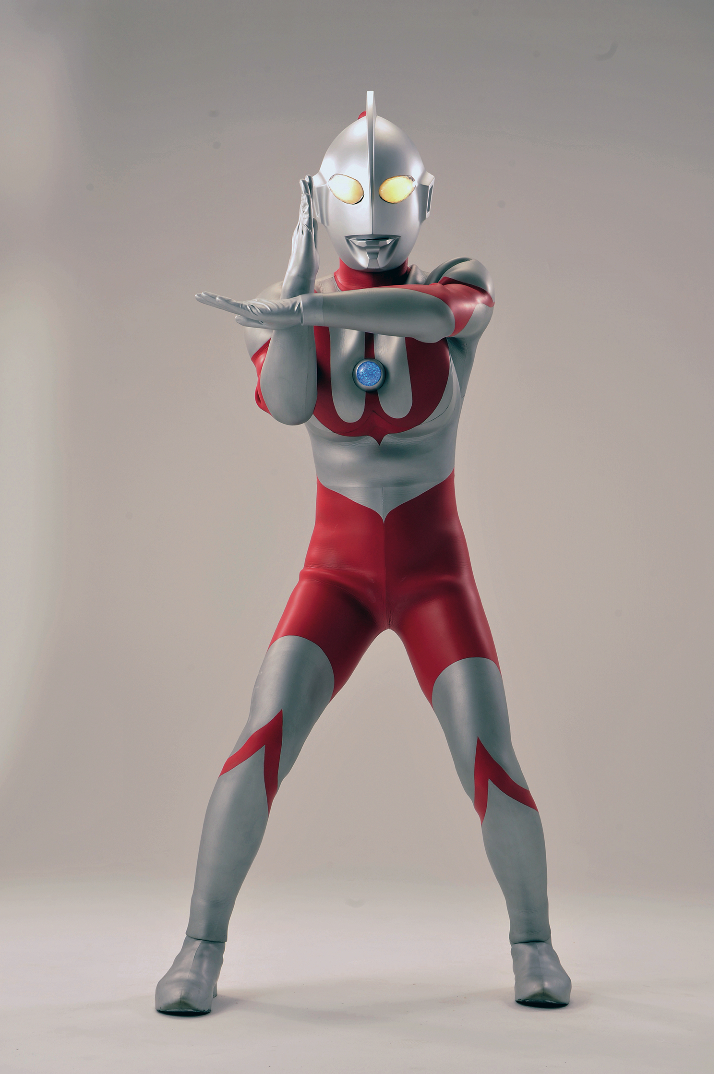
Twenty years after the Second World War, the challenge was to preserve a certain idea of pacifism, and Ultraman embodied this ideal in his own way. “He comes from a country of light to ensure peace, here is our Ultraman”, tell the lyrics in the title song that millions of children learned by heart and sang in Japan’s playgrounds. The series doesn’t lack for humour or morality, and it also defends the concepts of effort, friendship and solidarity, three key elements that are still recurring themes in Shonen Jump, a magazine that was launched successfully by Shueisha two years later. Ultraman’s success was also a result of the advertising strategy TBS undertook to accompany the release of the series. It relied on the weekly Shonen Magazine, which published detailed features about the series, to feed their readers’ imagination and give them additional information to help them understand the technical aspects of the show.
The first episode of Ultraman was due to be broadcast on the 17th of July 1966, but the channel’s management decided to move it forward by a week after cancelling the last episode of Ultra Q, as there were no monsters in the storyline. However, Tsuburaya Pro wasn’t ready. To make up for this last minute change of plan, TBS rapidly produced a show that was meant to prepare the audience for the superhero’s arrival the following week. Despite being rather disjointed, the episode accomplished its objective, and led to this new character’s thunderous entrance onto the Japanese TV landscape. It succeeded in capturing the attention of 40 million viewers, an achievement worthy of such an out-of-the-ordinary individual. However, the credit doesn’t only go to Ultraman himself, whose reason for being depends on the existence of the famous monsters created by Tsuburaya Pro. The producers never lacked imagination in creating formidable rivals, including Baltan, Gomora, Mefilas, Antlar, Jamira, Red King and Zargas, each episode introducing us to a new horrifying adversary. Some remind one of Godzilla, others of King Kong, but most were completely unique hybrid and improbable creatures. One of the things they all had in common is the threat they represent to the daily life of the population, and their wish to destroy the symbols of what Japan stood for. These fearsome monsters could be compared to the country’s real enemies at that period, as in the late 1960s, the Soviet Union and China were considered to be the country’s main adversaries. They represented communism, while the archipelago stood as the last line of defence against it, but the question is whether Ultraman represents this last obstacle? To answer this we need to remember that this friendly alien is hidden inside Hayata’s human body. In episode 33, before he turns into Ultraman, Mefilas asks Hayata, “Are you an alien or a man?”, to which he replies “Both”. In other words, he is both American and Japanese, a mix resistant to outside intimidation. It’s interesting to emphasize this symbolism in the context of that period, when the military alliance between Japan and the United States was being challenged by a section of the population, students in particular. The student population were not the target audience for the series though, which appealed mostly to younger viewers. These are the same people who, 50 years later, are not necessarily opposed to the reinterpretation of the constitution Abe’s government wants to undertake in the name of protecting the country against the threat posed mainly by China and North Korea, while not forgetting Russia, which remains a potential enemy. Nevertheless, it’s true that fictional baddies are tough sometimes, and they were always capable of endangering Ultraman. Such is the case with Zetton the space dinosaur, who breaks the superhero’s time counter on his chest in the last episode, forcing him to return to his home planet. Is that a subtle way of saying “US go home”? It’s difficult to be certain, but Kinjo Tetsuo, a stalwart of Tsuburaya Pro, certainly disliked the US and resented big cities. Originally from Okinawa, Kinjo suffered a lot due to the war and its consequences, and he might have expressed some of his own feelings through these characters. This idea did circulate, despite close friends of Kinjo Tetsuo being adamant that he never raised the topic in private conversation.
However, Ultraman still became a major character in contemporary Japanese culture. The proof of this can be seen in the many successors he gave rise to, although characters like Ultraman Seven – the direct successor – and Ultraman A never achieved the success of the first series. The reason for this may be found in the nostalgia for the 1960s that has taken hold of the Japanese over the past fifteen years. The country’s present economic and social crises have contributed to that decade being remembered through nostalgic rosetinted glasses. Despite the difficulties, there was hope of better days to come, as well as a feeling of solidarity that seems to be lacking nowadays. In his own way, Ultraman represented all these things, and that explains why, fifty years after his first appearance, he still occupies such an important place in the Japanese imagination. Just raising the subject triggers lengthy discussions, especially among the generation who first grew up with Ultraman, now in retirement in a world that is far less exciting. Younger people are less attracted to Ultraman, but they still share the same desire for a better future with their elders, and, above all, look for protector ready to sacrifice himself in order to keep them safe. Catastrophes follow one after the other, but there is no Ultraman to prevent them in real life. The SIA would also be welcome, as scientists have not been that popular lately. People would definitely like to be able to sing, “He comes from a country of light to ensure peace, here is our Ultraman”.
ODAIRA NAMIHEI

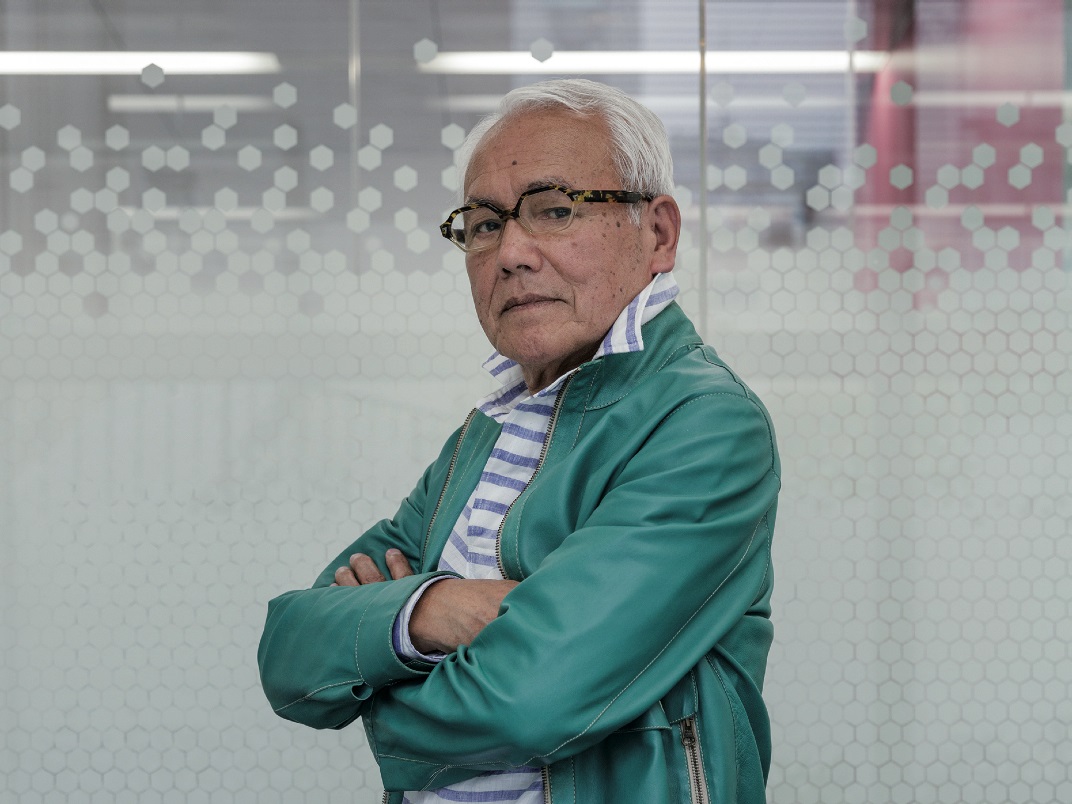
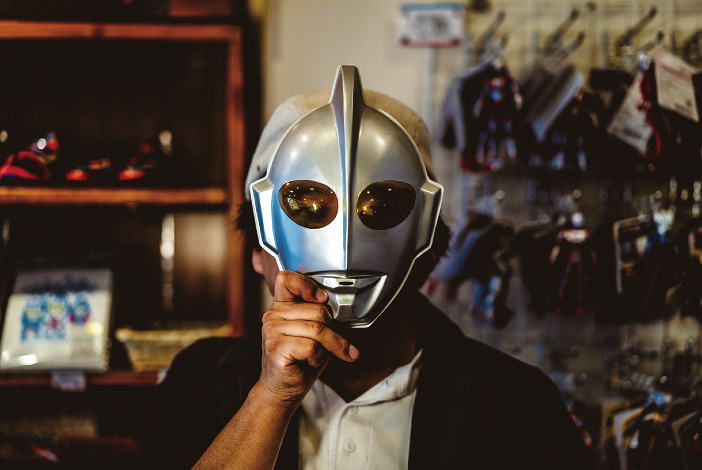
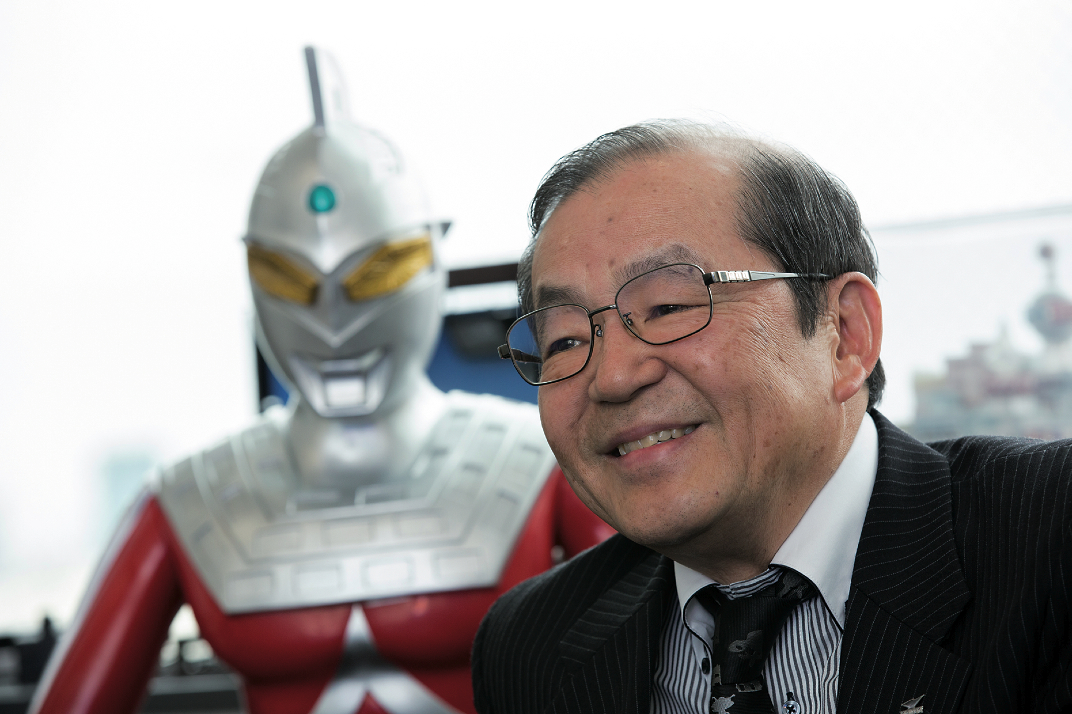
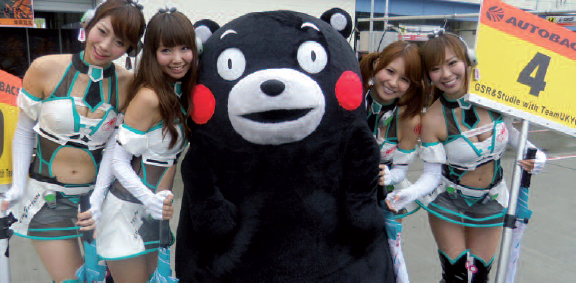

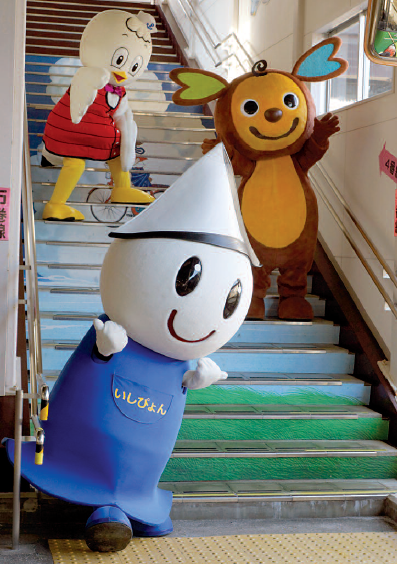
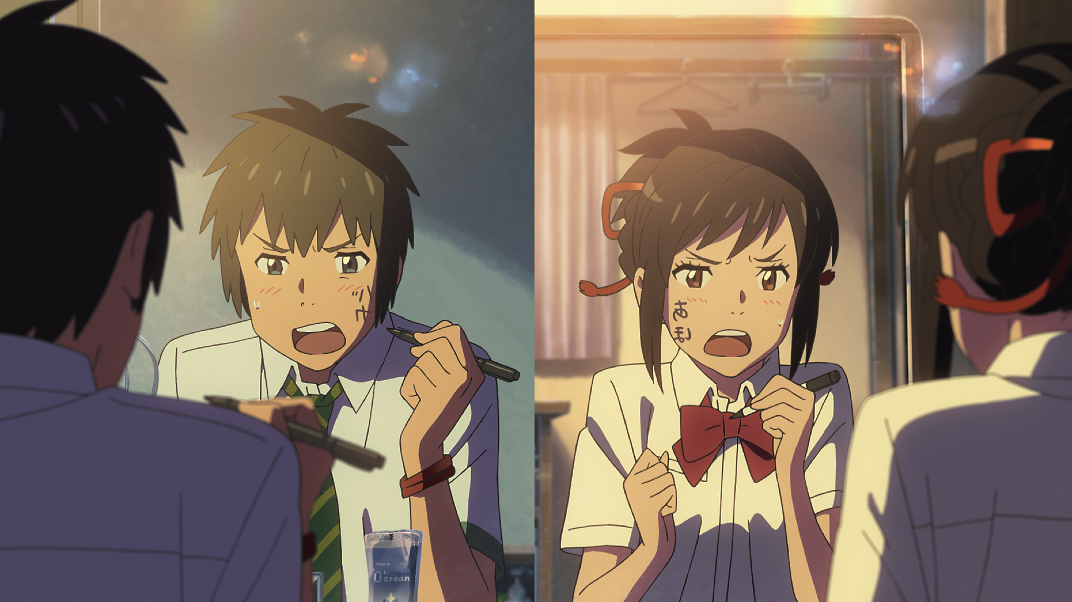
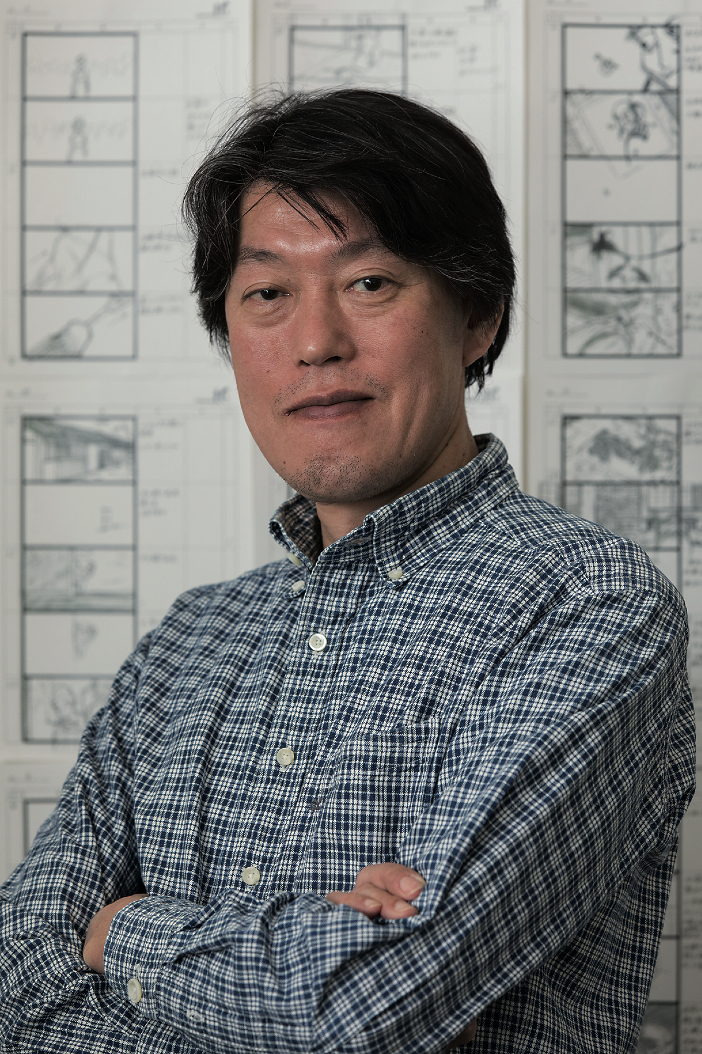
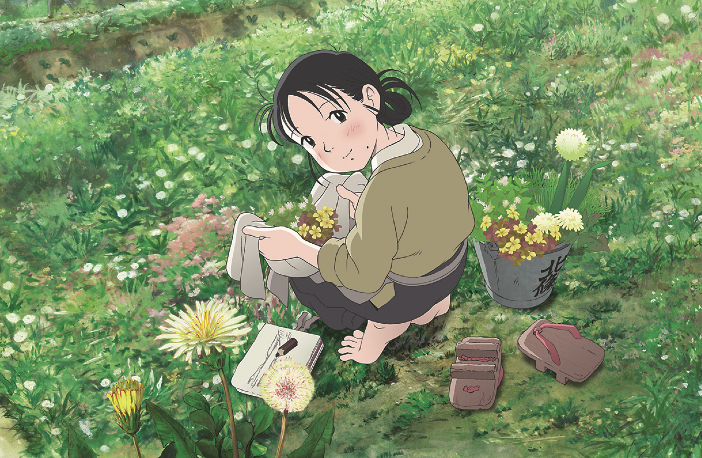
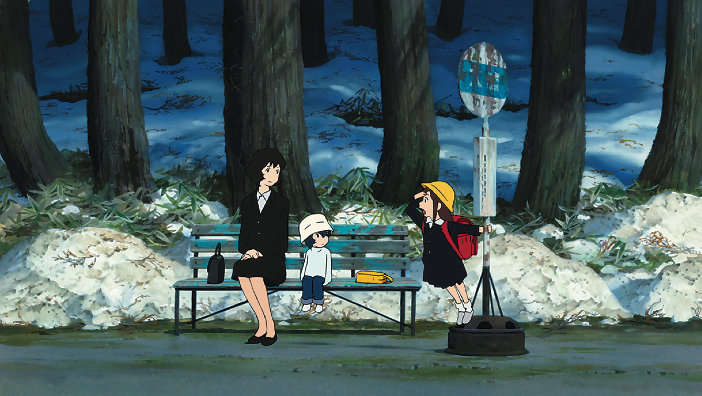
Leave a Reply